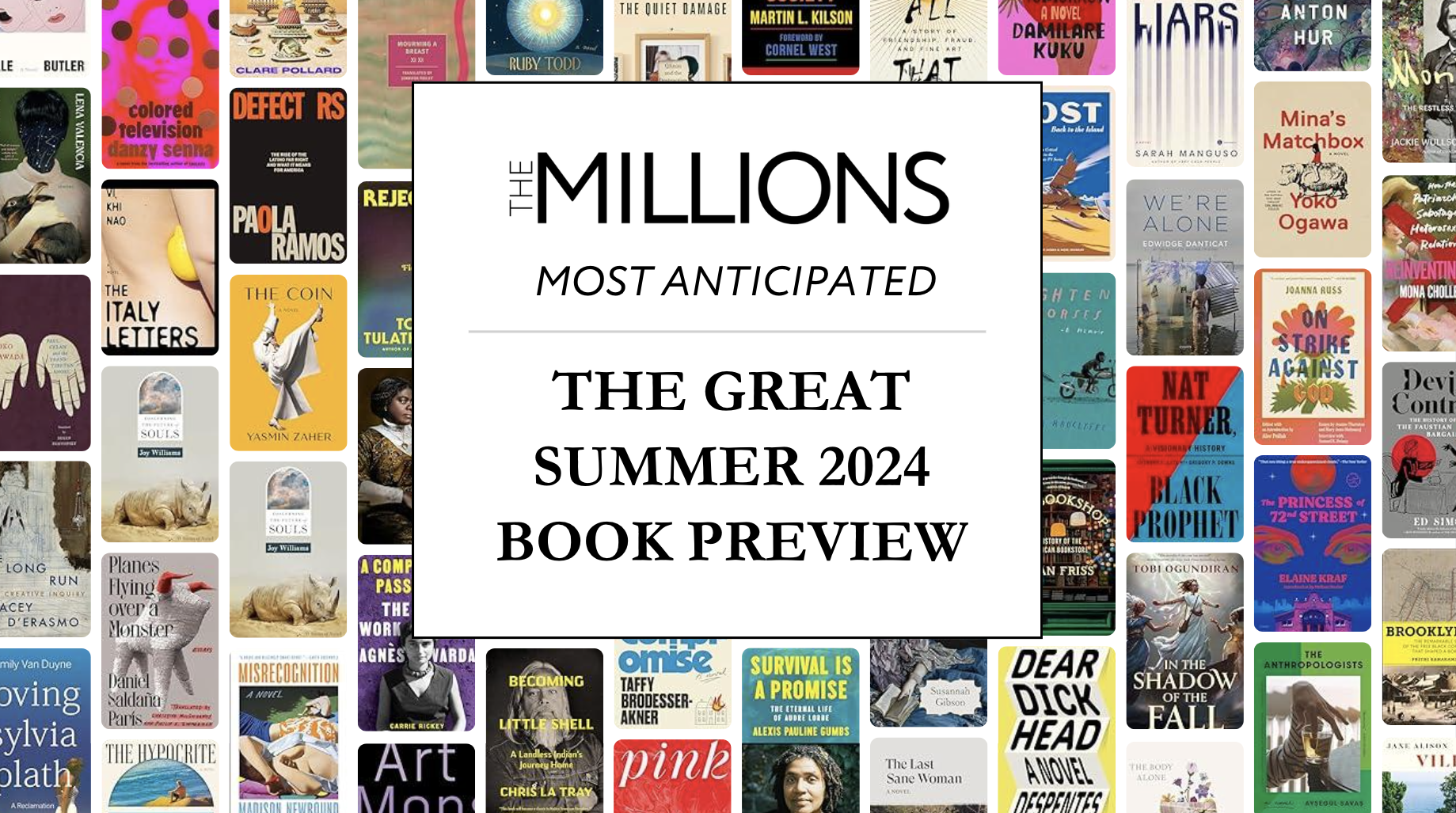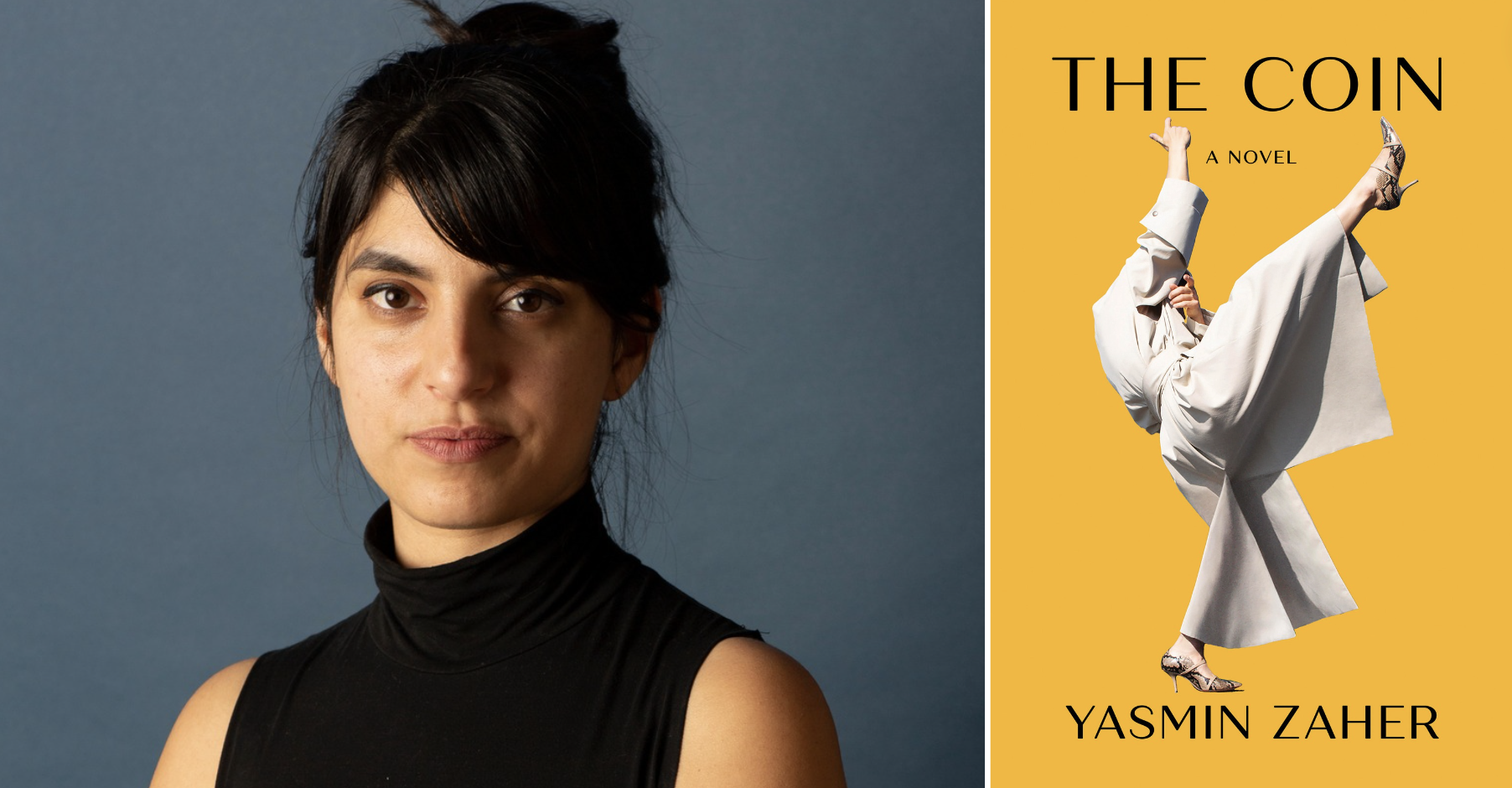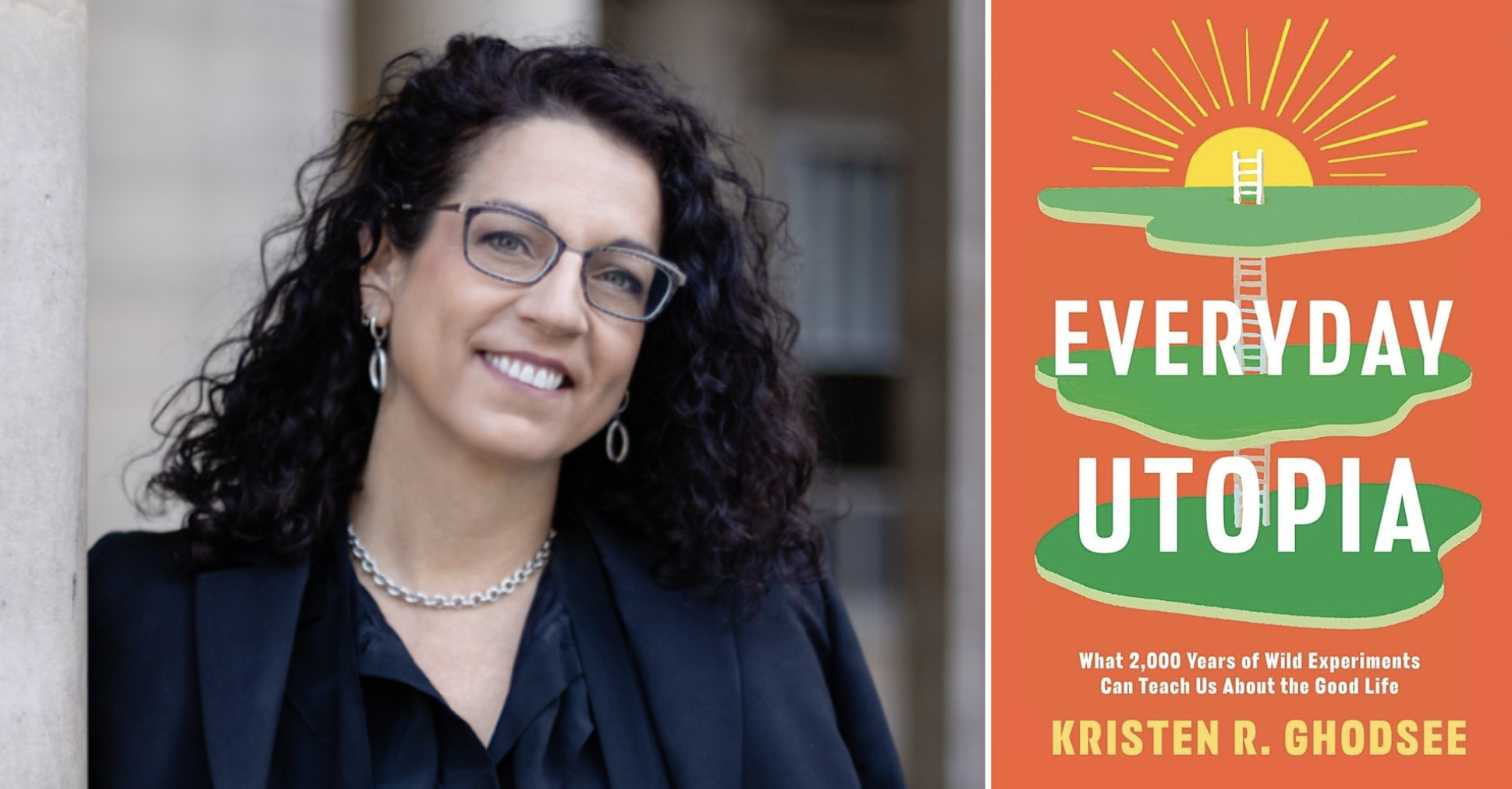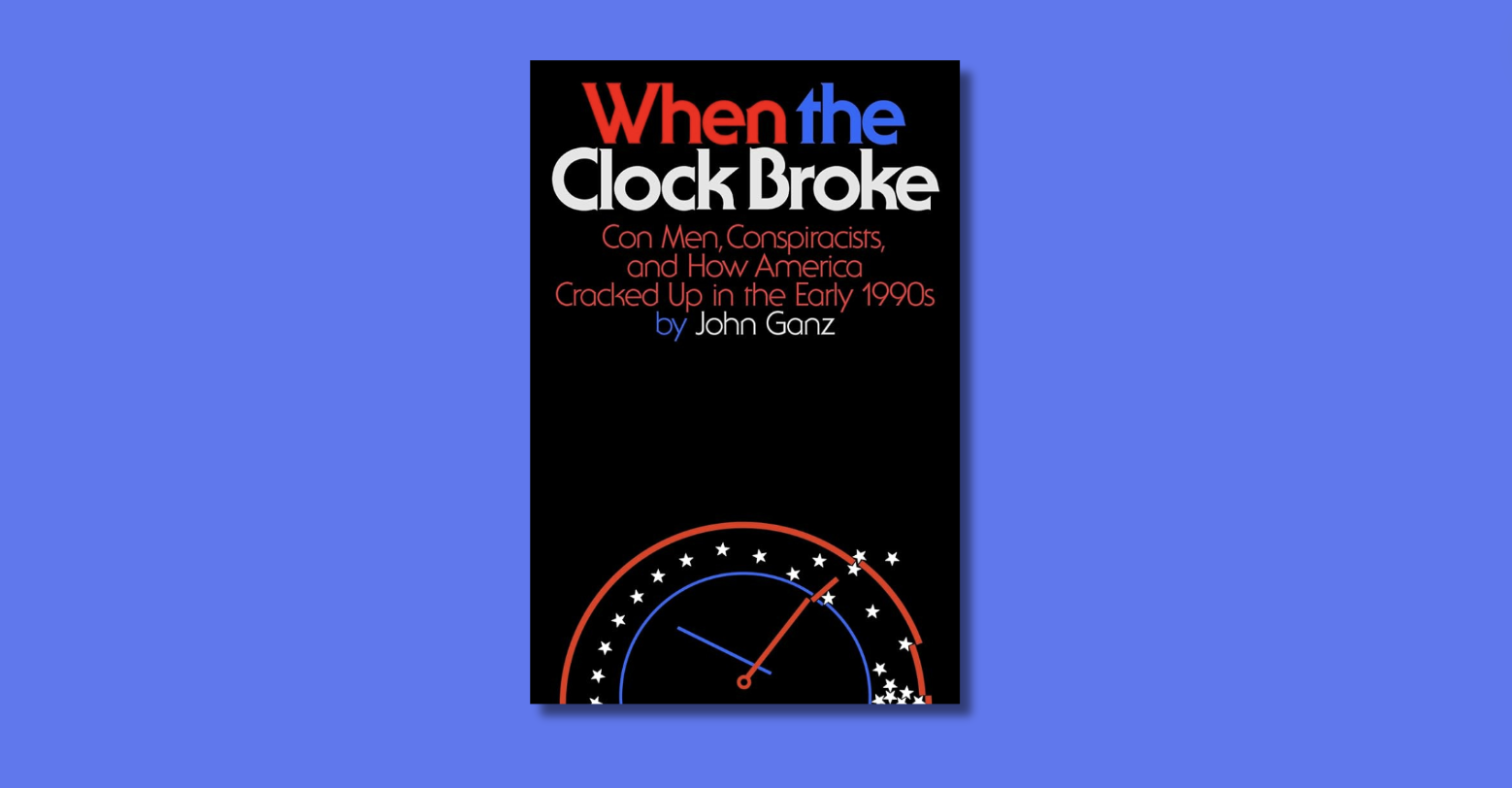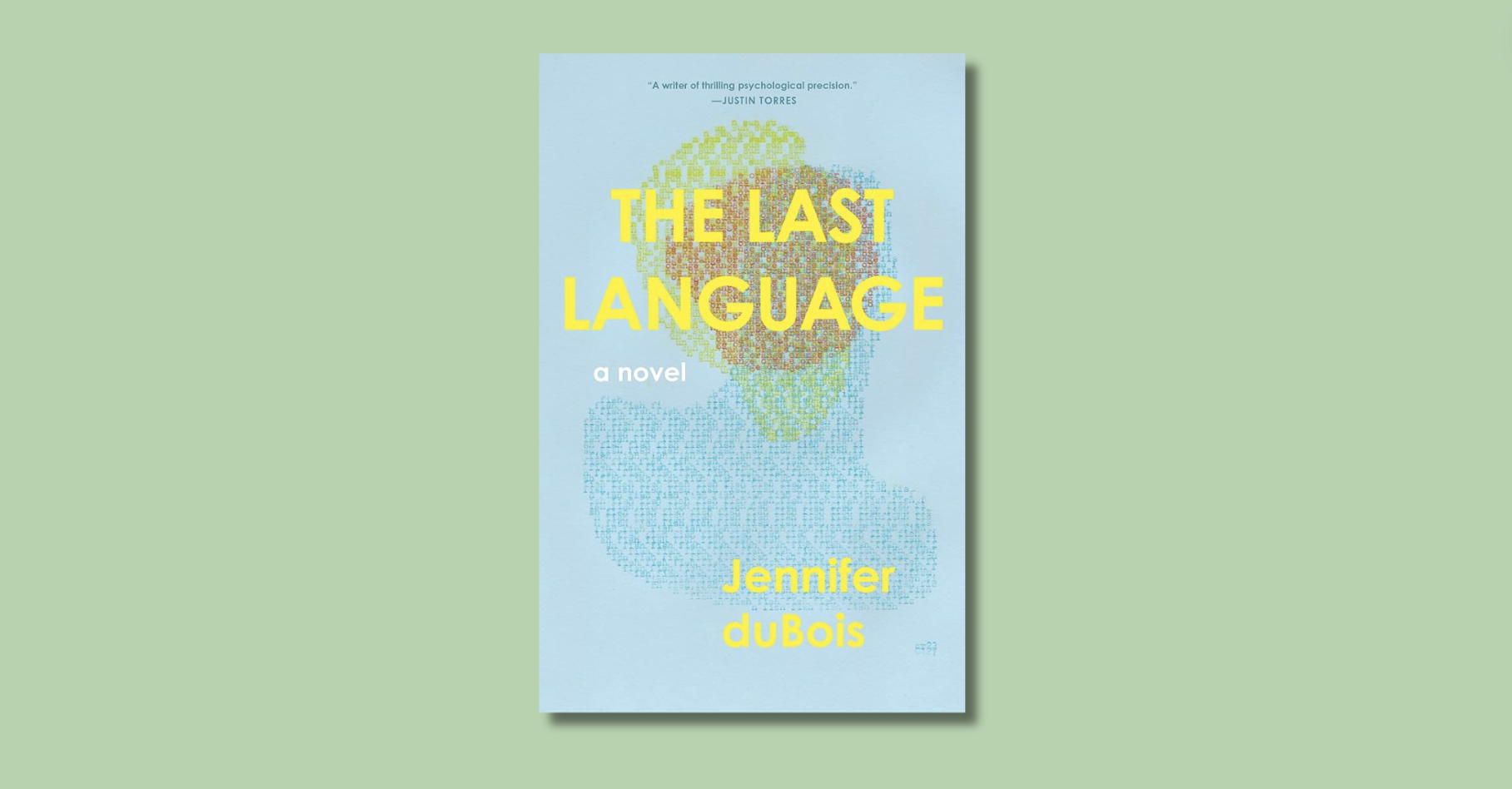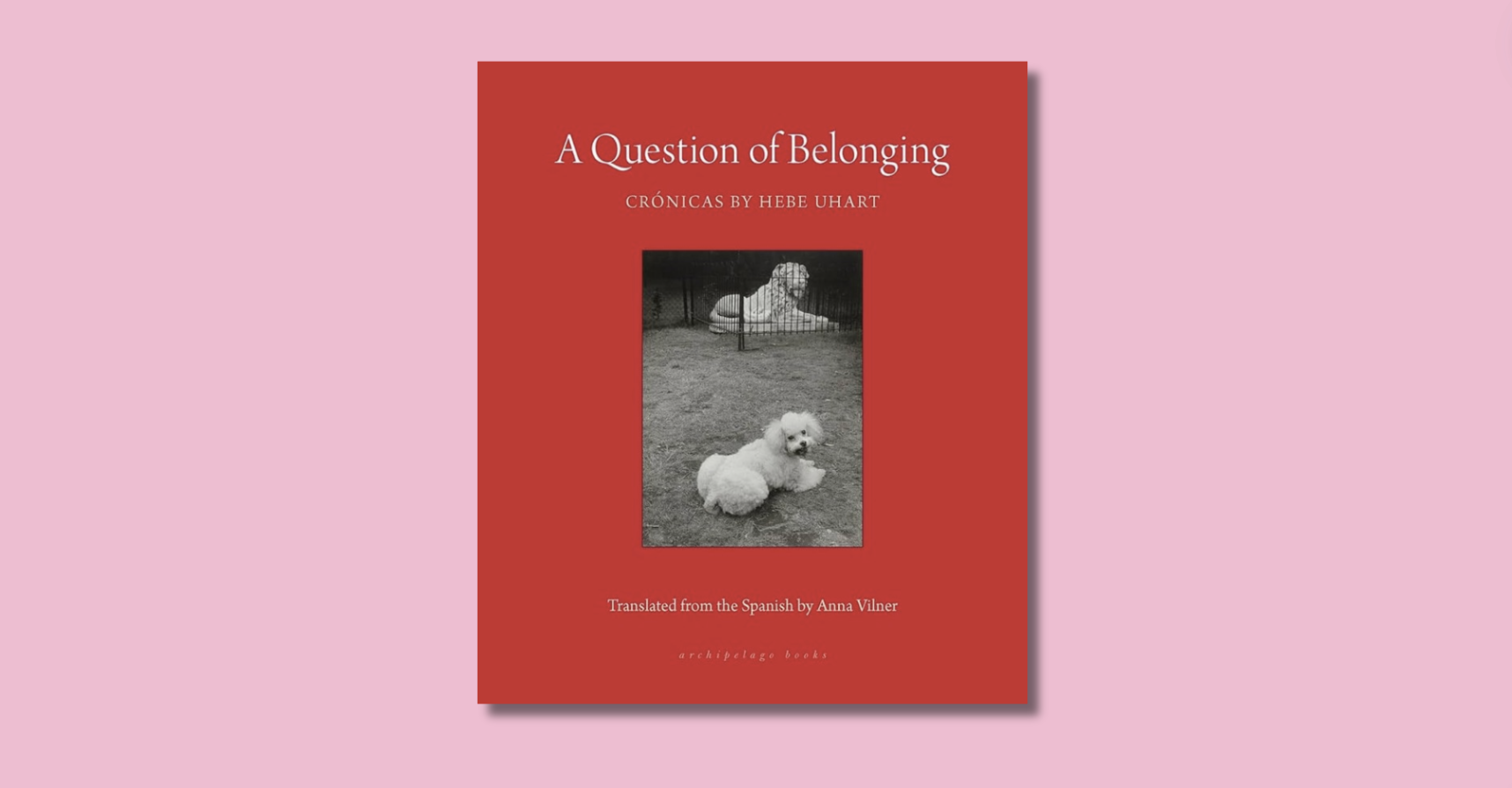This guest contribution comes from Buzz Poole, the managing editor of Mark Batty Publisher. He has written for the likes of The Believer, Village Voice and San Francisco Chronicle, and is the author of Madonna of the Toast, a look at the cultural ramifications of unexpected religious and secular icons. Keep up with his adventures in surprising iconography at his Madonna of the Toast blog.
In the wake of what was the weltering sea of publishing professionals awash in New York City’s Javits Center for Book Expo America 2007, The New York Times ran the piece “Waxing Philosophical, Booksellers Face the Digital.” The writer invoked John Updike’s speech from a year ago during which he beseeched booksellers to “‘defend [their] lonely forts’ against a digital future of free book downloads and snippets of text.” In the constant digital flutter of information that courses at us through screens – the one you read from this moment, PDAs and cell phones – it stands to reason that technologists would aim to bring reading, writing and the notion of books into the fray of this constantly shifting landscape. While the conversations of how books will endure our digital age have gone on for years, often at rates that far exceed the available technology, this Times piece evidenced the inevitable changes to publishing in the presence of companies like Google and MySpace at places like BEA
While the dissemination of books has certainly changed over the years, downloaded or bought at highly reduced prices from Amazon, the product is still very much a book that meets the conventional standards of writing and reading, in the sense that an author has written something for readers, and agree or disagree, like it or hate it, nothing will change about the actual text. Wired editor Chris Anderson was apparently touting his forthcoming book at BEA, something called Free, which will indeed be free to readers willing to download a version interspersed with ads. Print-on-demand books allow more writers the satisfaction of seeing and holding their words on bound pages held together by glue and a case, but they are still, “just books.”
In the realm of publishing, however, especially mainstream publishing, the concerns and campaigns are geared to getting better at selling books, not to how the very nature of books is, and has been, changing for years.
The Institute for the Future of the Book is on the bleeding edge of this evolution. Headquartered in Williamsburg neighborhood of Brooklyn, the Institute is redefining the act of reading, with the ultimate goal of democratizing how information is created, conveyed, maintained and understood. The Institute is not the first on the block to try to make the best of technology for such a purpose, but it is making its ideas reality. The Institute is a project of the Annenberg Center for Communication at the University of Southern California, funded by the MacArthur Foundation. But it is much more than money, technology and profile that put the Institute at the forefront of this evolution; the Institute’s founder Bob Stein is why the Institute will change how we understand the acts of writing and reading, or not.
With the look of a mischievous urban Zen monk, replete with the tonsured pate, Stein has long advocated for the optimal uses of the newest technologies to reinvent the conventions of media. Stein founded the Criterion Collection, today a carefully curated series of films transferred to DVD and supplemented with all the extras, outtakes and commentary we have become accustomed to. But pre-DVD, Criterion took classic films and put them on laser discs. (For those of you who don’t remember, there was a time, albeit brief, during the nascent stage of the digital revolution, when both audiophiles and cinephiles thought the future of film was on a record-sized CD that had to be flipped in the middle of the movie.)
The second Stein project to fuse various technologies with the hope of creating a multi-media experience to go beyond just “watching” a movie or “reading” a book was Voyager CD-ROM. In 1988, Voyager produced the first consumer CD-ROM, Beethoven’s Ninth Symphony. The release is also considered the first interactive electronic publication. The recording of the symphony by the Vienna Philharmonic, with the help of Apple’s HyperCard, blended the aural with the visual, altering how users could link and interact with time-based events, in this case music accompanied by a cursor, controlled by the user, that moved across each and every note, elucidating aspects of the music like Beethoven’s sense of rhythm.
Voyager released over 500 titles, like Art Spiegleman’s Maus, an examination of Marshall McLuhan’s ideas and a compilation of Mumia Abu Jamal’s writings and interviews, all in the name of creating books that were about much more than ink on paper. Regardless of the subject matter, all of it complex one way or another, Voyager put readers inside the book as active participants. A book was no longer something readers acted on, but acted with.
The zeal with which Stein approached these projects, however, has been ramped up tenfold through the Institute for the Future of the Book because now technology can keep up with ambition. The enthusiasm fires out in the office as Stein, Jesse Wilbur, Ben Vershbow and Dan Visel spend their days blogging, writing treatises and hosting a revolving door of programmers, artists, writers and academics chasing and dreaming up ideas with the hope that their programmers, scattered all over the world, can hang with the whimsical but relevant musings of what Vershbow refers to as a group of “wayward humanists” and Wilbur calls “technical evangelism.”
At any given moment, the Institute juggles many projects at once, though they all relate to free, accessible networks of information. The cornerstone of these projects, however, is Sophie, an open source digital infrastructure that synthesizes the best aspects of applications like Final Cut Pro, Word and the entire Adobe Creative Suite. (The alpha version of Sophie is available for download, free of charge.) Stein and friends coined the name based on its Greek etymology, meaning “knowledge,” or “wisdom.” They also appreciated the happy coincidence that three of the eleven Sophie programmers live in Sofia, Bulgaria (the other eight live in the United States, Canada and Germany).
The potential for Sophie is totally untapped, and if one is to believe the Institute, the potential is limitless, kept in check by nothing other than the bounds of one’s imagination. “When you make a tool,” Stein states matter of factly, “you want people to use it. How they use it has nothing to do with us.”
And it is here that things really get interesting. The most influential people behind the Institute are not so much about the technology; rather they are about intellectual economies where theory and practice are equally valued. The Institute wants to do more than democratize information; it wants to reappraise the exchange of information and how it is valued.
Reading has always been a transformative activity; look at the Bible or the Qu’ran. Whether for the purpose of educating, manipulating, entertaining or escaping, readers throughout time have read for the purpose of being taken to places outside of their respective physical environments. Both reading and writing have been associated with the ever elusive post-modern “Other,” that state of being or understanding totally apart from the confines of convention. If the powers that be define meaning, like what is “good” and what is “bad,” with nothing but their own interests in mind, once you step outside of that box, the new perspective reveals the subjectivity of those definitions. This is the perspective of the Other, a vantage point from which you can see the entirety of the construct rather than just the walls of the construct in which you are contained.
 The genteel protagonist of Marcel Proust’s Remembrance of Things Past: Swann’s Way is often associated with this notion of stepping outside of the tradition of meaning and understanding. He loathes outside activities; what he relishes, however, are inside activities, especially reading. He greatly appreciates the power of books: “I myself seemed actually to have become the subject of my book… Then it would begin to seem unintelligible, as thoughts of a former existence must be to a reincarnate spirit; the subject of my book would separate itself from me, leaving me free to choose whether I would form part of it or no.” A century removed from Proust’s days, the Institute strives for the same kind of total immersion into the act of reading, where reader and author act as partners, in a process that can conceivably go on forever, never ending just evolving.
The genteel protagonist of Marcel Proust’s Remembrance of Things Past: Swann’s Way is often associated with this notion of stepping outside of the tradition of meaning and understanding. He loathes outside activities; what he relishes, however, are inside activities, especially reading. He greatly appreciates the power of books: “I myself seemed actually to have become the subject of my book… Then it would begin to seem unintelligible, as thoughts of a former existence must be to a reincarnate spirit; the subject of my book would separate itself from me, leaving me free to choose whether I would form part of it or no.” A century removed from Proust’s days, the Institute strives for the same kind of total immersion into the act of reading, where reader and author act as partners, in a process that can conceivably go on forever, never ending just evolving.
So What Does the Institute Actually Do?
Before this question is answered, first it should be established how the Institute defines a “book,” because it has nothing to do with ink or the tactile turning of pages. No one at the Institute wants to defame the traditional codex book, for they are the primary sources of inspiration that have fed these hungry minds. However, the rapid availability of information has reshaped culture at large; the Institute wants the act of reading, and publishing, to directly respond to the nature of social interaction. We live in a networked world, so there is no reason why books shouldn’t be fully networked landscapes of social interaction, according to the Institute. Cast in this light, a book becomes anything that contains information, whether it is text based around music or images, or images based around text and music, or any permutation of media you can imagine. A book is anything that serves as a vessel for information, really no different from the dead trees you have on shelves and stacked up on the floor, with the exception that traditional books can’t be networked.
Sophie is the ultimate example of such new books, a 21st century Voyager in many ways. Though, unlike Voyager products, Sophie, in Stein’s words, “is a very flexible tool. You will be able to make open-ended projects like Gamer Theory or ‘pickled’ objects that resemble printed books.” Sophie is rigged for laypeople; you don’t need to be a programmer to make these books. The spec for Sophie, written by Dan Visel, and found on the Institute’s website, avers: “Sophie is media-agnostic: all media is the same inside of Sophie.” No matter the media employed while using Sophie, the end product is a book, as cut from the fabric of the Institute.
“Because Sophie is open source,” says Stein, “it continually evolves itself.” The author will evolve into more of a moderator, the readers will become like panelists or members of a live audience, free to add their thoughts, contest, agree, diverge, all in the pursuit of unfettered knowledge the source of which can always be identified.
Though it is a prototype, a mere shadow of what Sophie will permit in terms of media synthesis, McKenzie Wark’s GAM3R 7H3ORY, one title in the “Thinking Out Loud” series, is the best example of what the Institute is getting at in terms of how information can be made transparent and foster new ways of intellectual discourse. The basic premise of Wark’s “electronic monograph” is that life looks and acts like a game. It’s not surprising that the Institute champions GAM3R 7H3ORY, since they are all of the age, with the exception of Stein, in which the video game is ubiquitous, not some novelty that you fed quarters to at the mall if you were lucky enough to catch a ride. Wark contends: “The whole of life appears as a vast accumulation of commodities and spectacles, of things wrapped in images and images sold as things.”
In the case of GAM3R 7H3ORY, and as is the essence of this notion of transparent information, readers can respond instantly to Wark’s words, or the words of other readers, and often times Wark responds to them. The text develops with every comment and any subsequent responses. When the whole process is made available for scrutiny, you can be sure certain readers will address the flaws, something the guys at the Institute get excited about. They study the differences in the rhythms of print versus networks, striving to reconcile where analog meets digital. These books permit “the ability to see the layers, the documentation of time.” Ben Vershbow, the guy responsible for bringing Wark on board for this experiment, not without an understandable tone of pride says, “With this kind of model, it’s no longer the author speaking, it’s the book speaking.”
Any student of Marshall McLuhan would recognize the relevance of Wark’s book. McLuhan long ago posited that we become the forms of media that we create. He hinges the point on the creation of the printing press, as a matter of fact. The mechanized process of publishing was the first major step toward full-throttle industrialization because objects could readily and regularly be produced, over and over again. “Typography, by producing the first uniformly repeatable commodity,” says McLuhan in an interview in Playboy, “also created Henry Ford, the first assembly line and the first mass production. Movable type was archetype and prototype for all subsequent industrial development.” If you place the emphasis, as McLuhan insists, on the medium rather than the content, then the Institute truly is on the pulse of the culture, even if the culture doesn’t realize it yet. The Institute’s experiments in book making are social experiments, taking place through screens, keyboard and fiber optic cables. For them, it is the means to an organic economy of information that gives voice to any voice that wants to be heard. That’s why the Institute gives Sophie away for free; it is the vessel that transports the information that they are most concerned with. Giving Sophie to anyone that wants it is like throwing out handfuls of wild flower seeds and waiting to see what pops up, except in this case the result is an electronic ecology.
And so, where does this leave us? What do you think? We are left with many ideas, many new ideas that need time to breathe and suffer the vagaries of actual application. What the publishing industry needs to realize, however, is that books are primed to be more multifaceted than ever, in ways far more important and compelling than how to sell them. For better or worse, the digital age has made us media junkies in that we expect information delivered as text, imagery and sound, often as quickly as the event from which the information derives happens. These cultural developments do not threaten the traditional book, but they do necessitate writers, publishers and readers to explore and foment these developments, because if they don’t, they will miss out, spending too much time figuring out how to put banner ads in books.
 If this piece were a Sophie book, what would it look like? You’d have the text, the piece you just read. I will have scanned in various drafts, from which you could read scrawled notes to myself in the margins. There would be lists of what I have been reading, listening to and working on during the process of writing about the Institute. You would be able to read the 1969 interview with Marshall McLuhan from Playboy; River of Shadows by Rebecca Solnit, Proust and Steinbeck’s often overlooked In Dubious Battle; an article about James Joyce’s cantankerous grandson and the ethics of copyright abuse. And as you read, you’d listen to Jeremiah Lockwood, Broken Social Scene, Amalia Rodrigues, hell, I could dump my entire music library into this thing and you could ride the shuffle the same as me. And don’t forget about Nathan Troi Anderson’s Shadows of Time, a book of black and white photographs of ancient petroglyphs juxtaposed with contemporary advertising. All of these media have influenced this piece. And this is what is important, influence, the influence of the individual to have control of the information he or she is expected to swallow, often times like a dose of castor oil (and now watch a Looney Toons cartoon where Bugs Bunny foists castor oil on Yosemite Sam).
If this piece were a Sophie book, what would it look like? You’d have the text, the piece you just read. I will have scanned in various drafts, from which you could read scrawled notes to myself in the margins. There would be lists of what I have been reading, listening to and working on during the process of writing about the Institute. You would be able to read the 1969 interview with Marshall McLuhan from Playboy; River of Shadows by Rebecca Solnit, Proust and Steinbeck’s often overlooked In Dubious Battle; an article about James Joyce’s cantankerous grandson and the ethics of copyright abuse. And as you read, you’d listen to Jeremiah Lockwood, Broken Social Scene, Amalia Rodrigues, hell, I could dump my entire music library into this thing and you could ride the shuffle the same as me. And don’t forget about Nathan Troi Anderson’s Shadows of Time, a book of black and white photographs of ancient petroglyphs juxtaposed with contemporary advertising. All of these media have influenced this piece. And this is what is important, influence, the influence of the individual to have control of the information he or she is expected to swallow, often times like a dose of castor oil (and now watch a Looney Toons cartoon where Bugs Bunny foists castor oil on Yosemite Sam).
Lastly, you would be able to add your own voice to what I have written. You could call this a bunch of futurist hogwash; you could use a single sentence as the point of departure for your own piece about information economies, or McLuhan, or Bob Stein and the Institute for the Future of the Book, and it would all be welcomed as the essence of how information should be relayed and ricocheted today, in a space you can always step outside of and call your own, creating an inside that is always outside the box.
